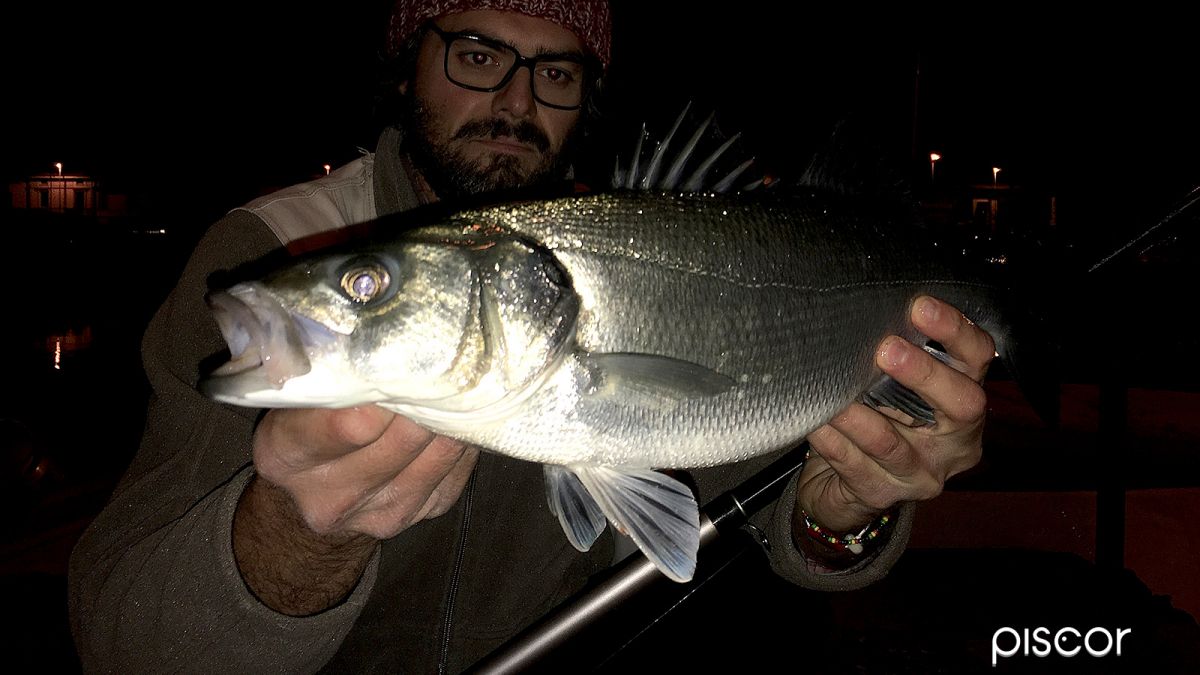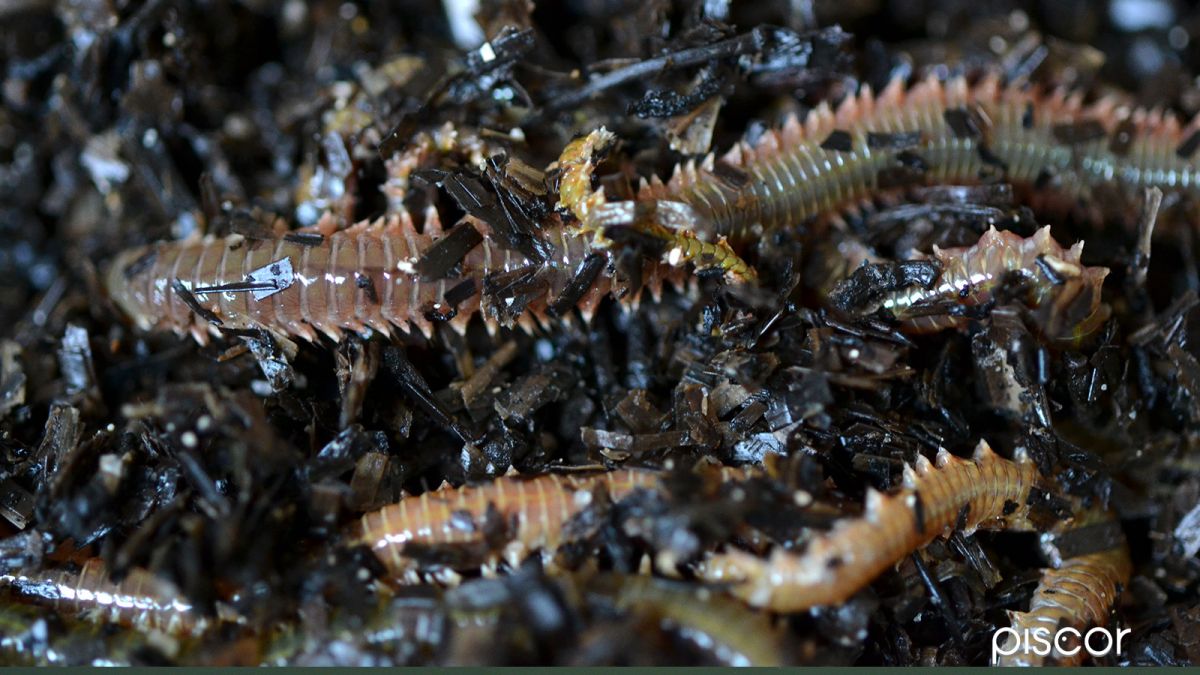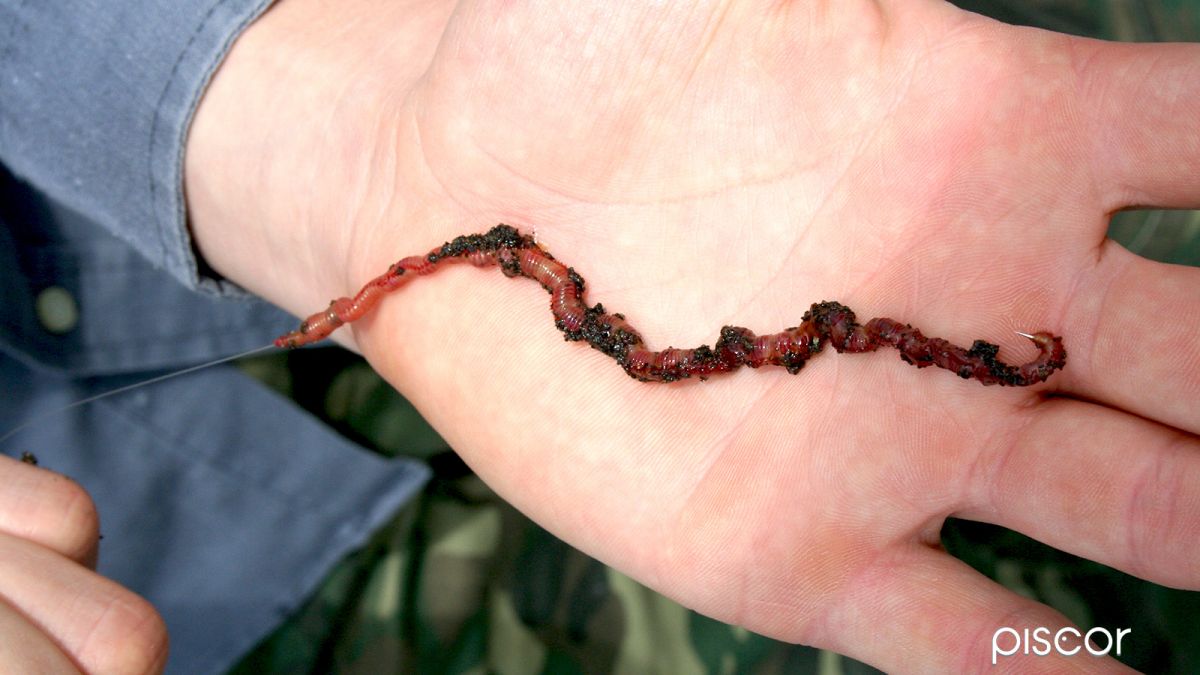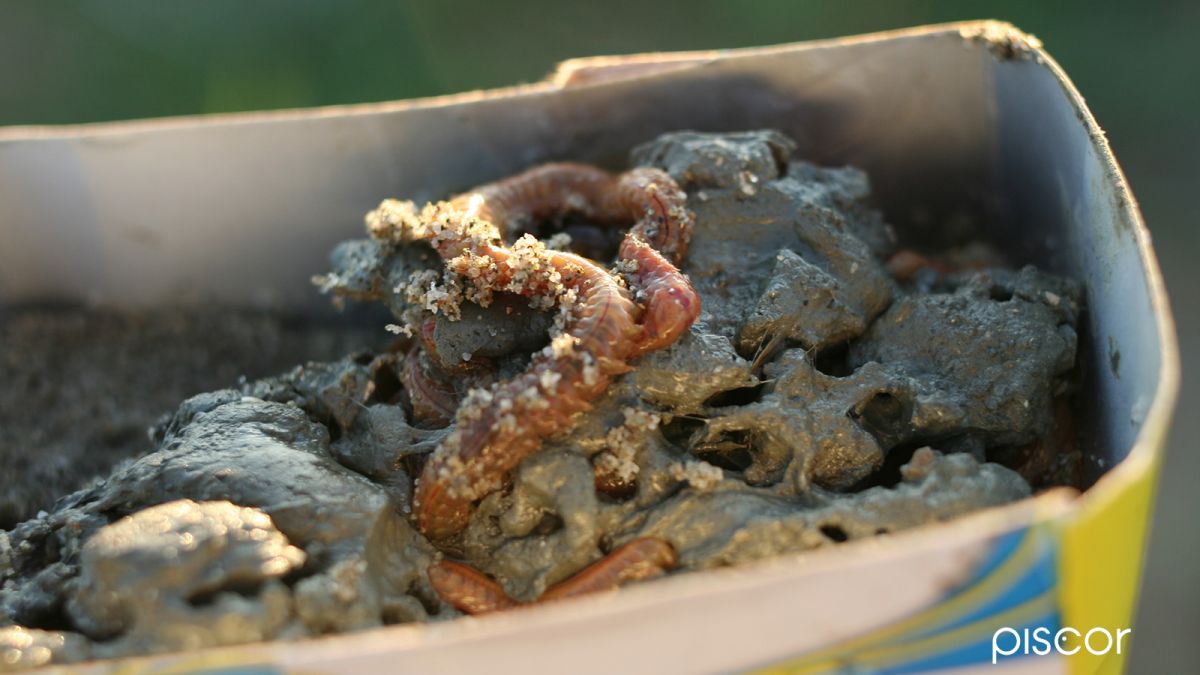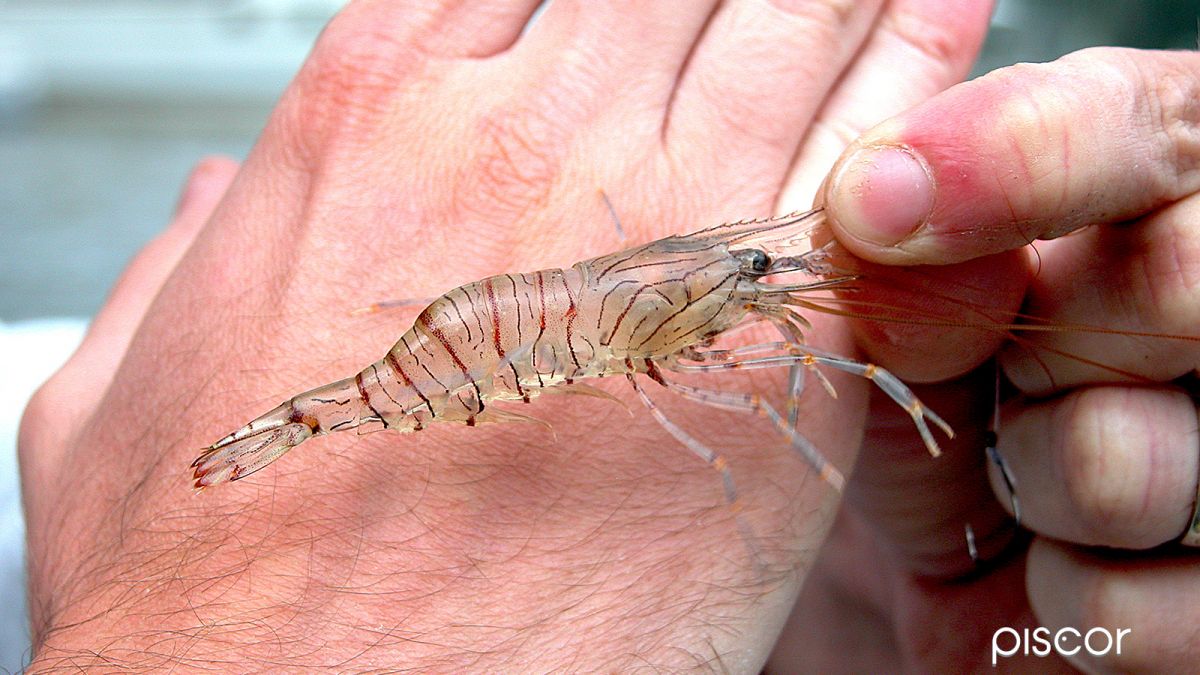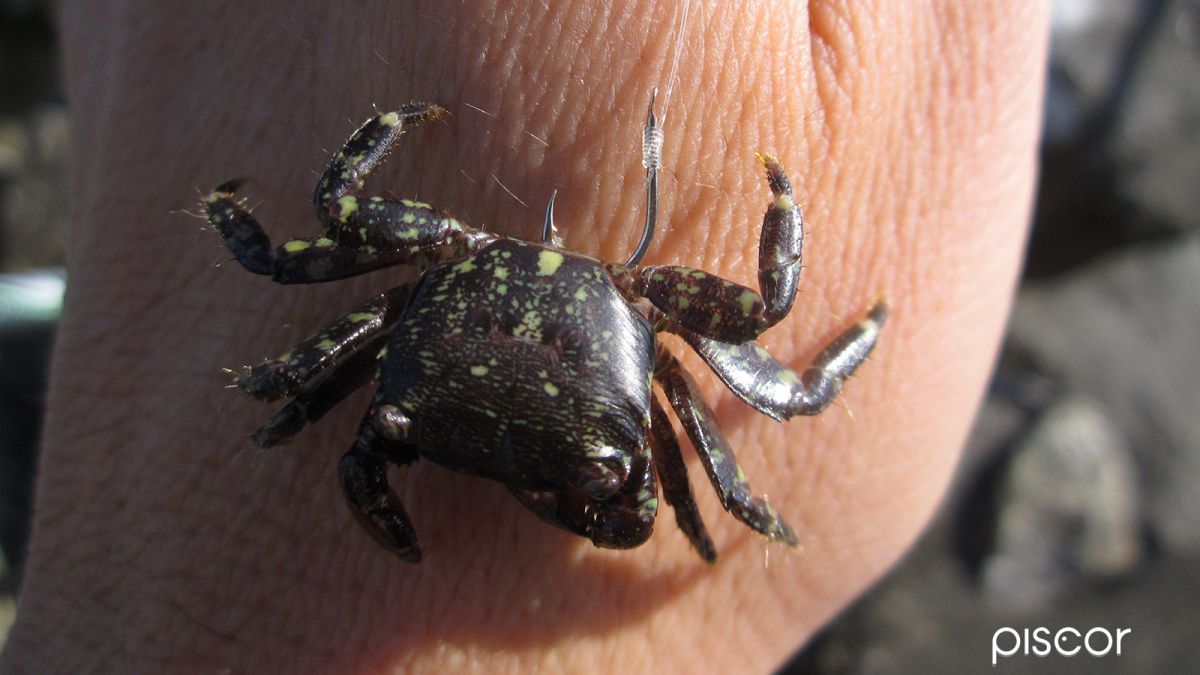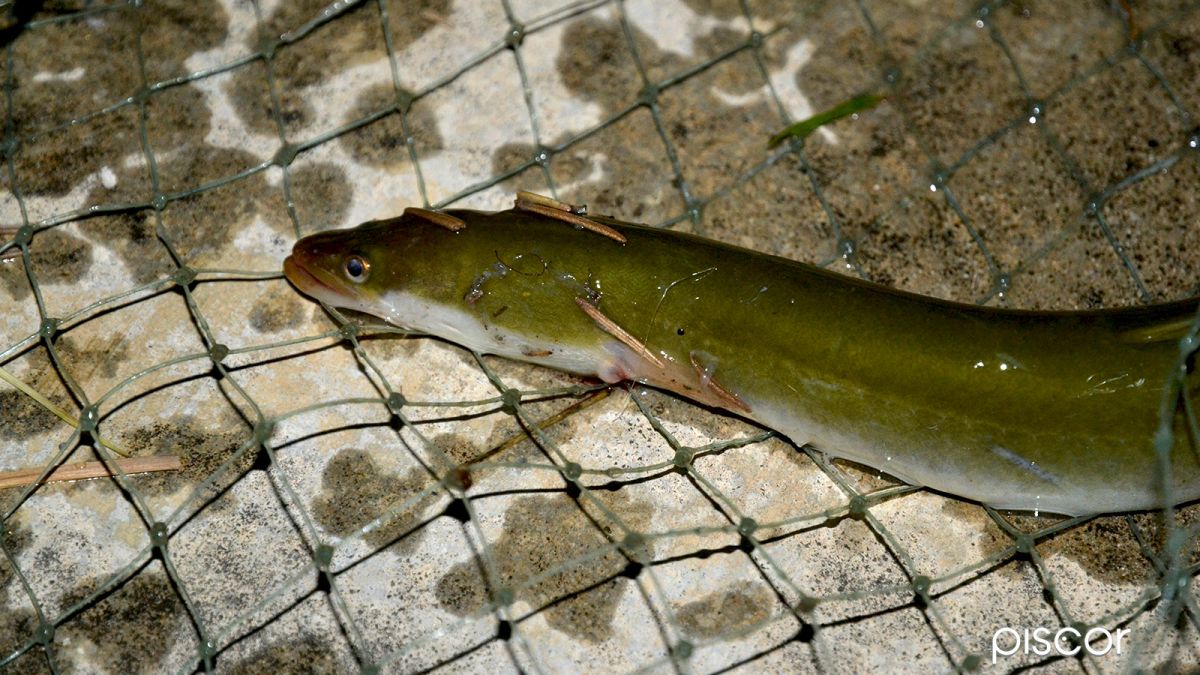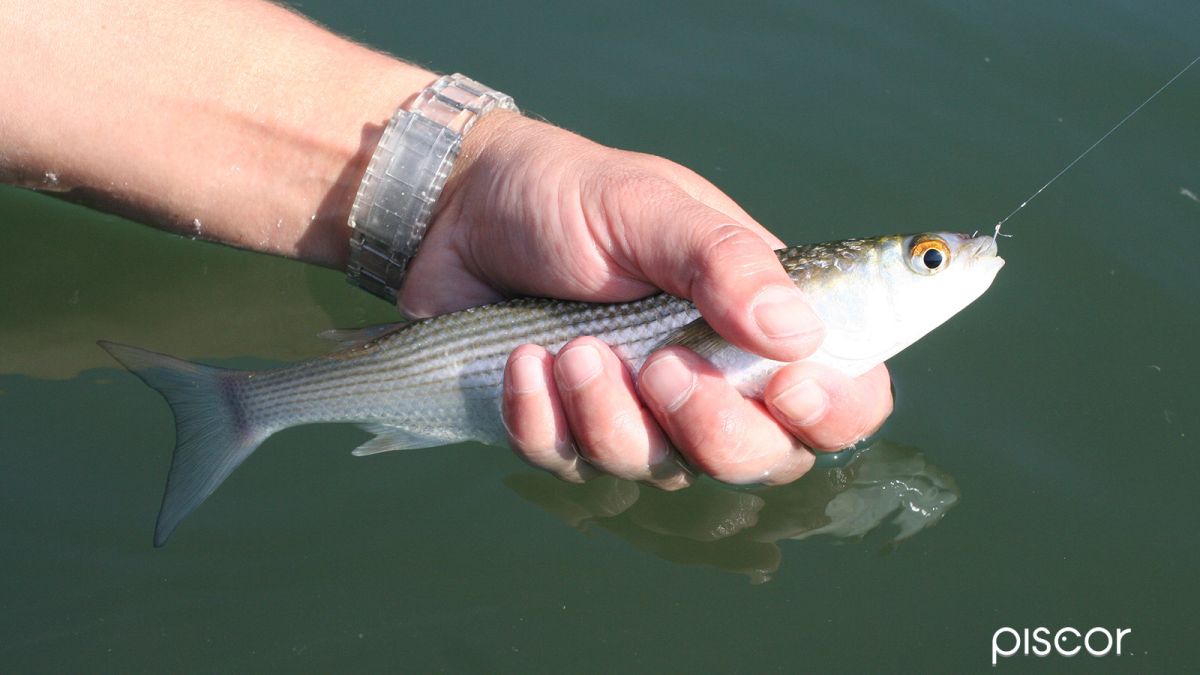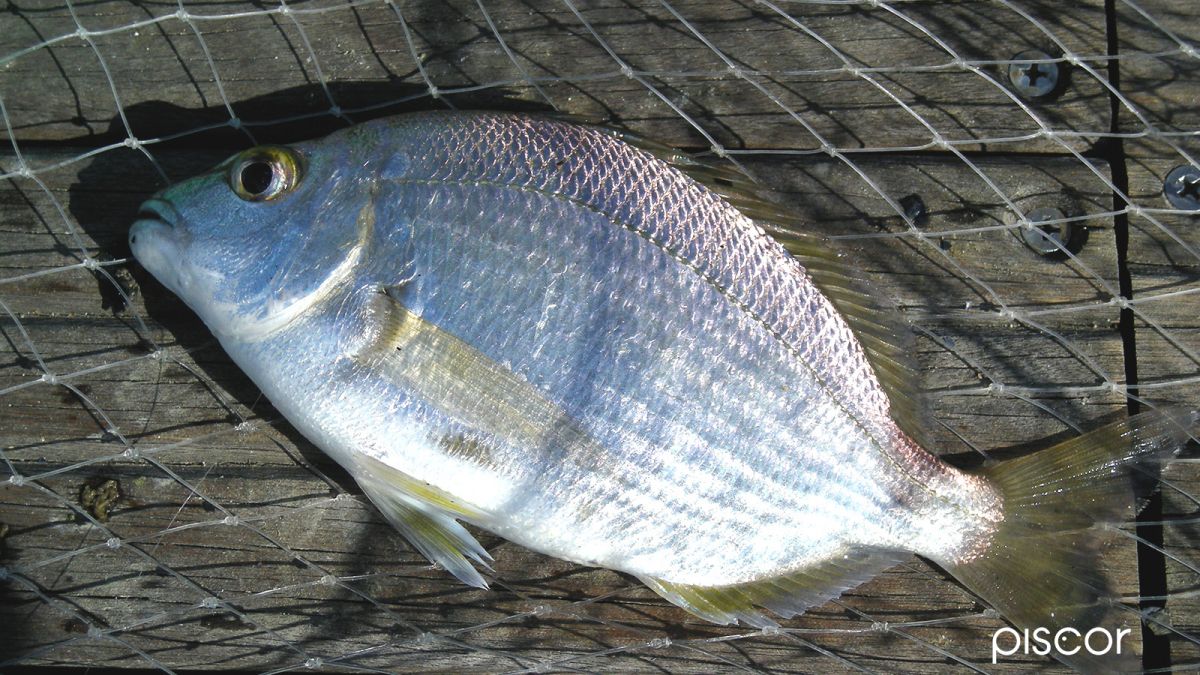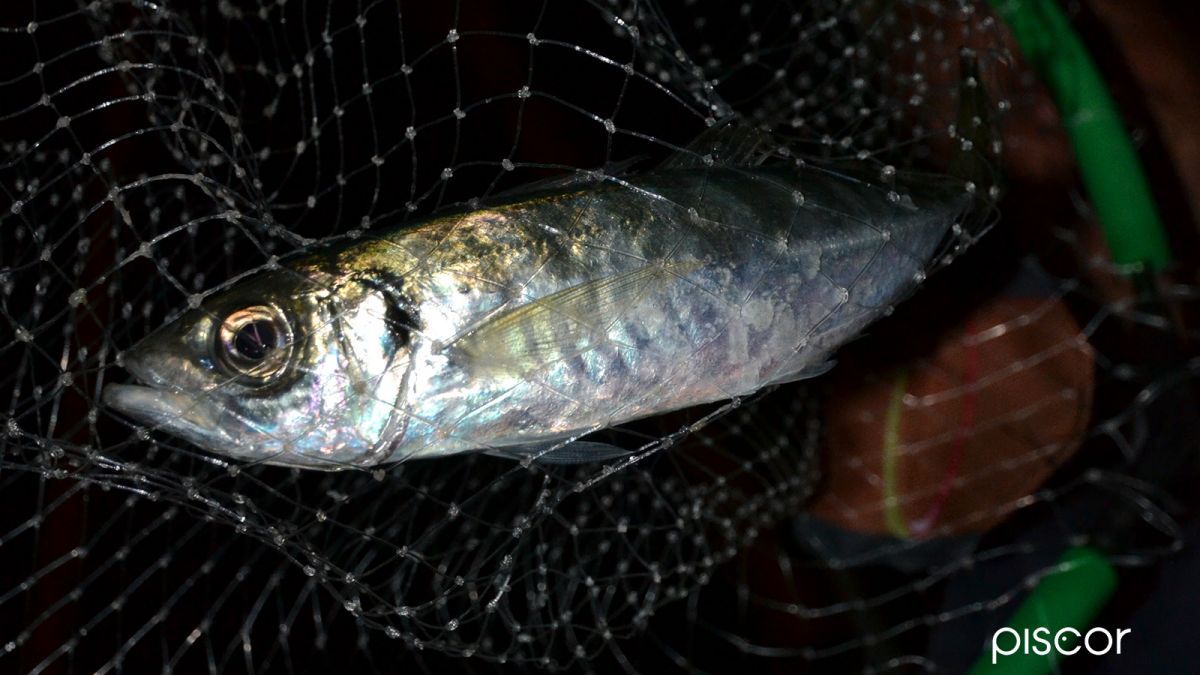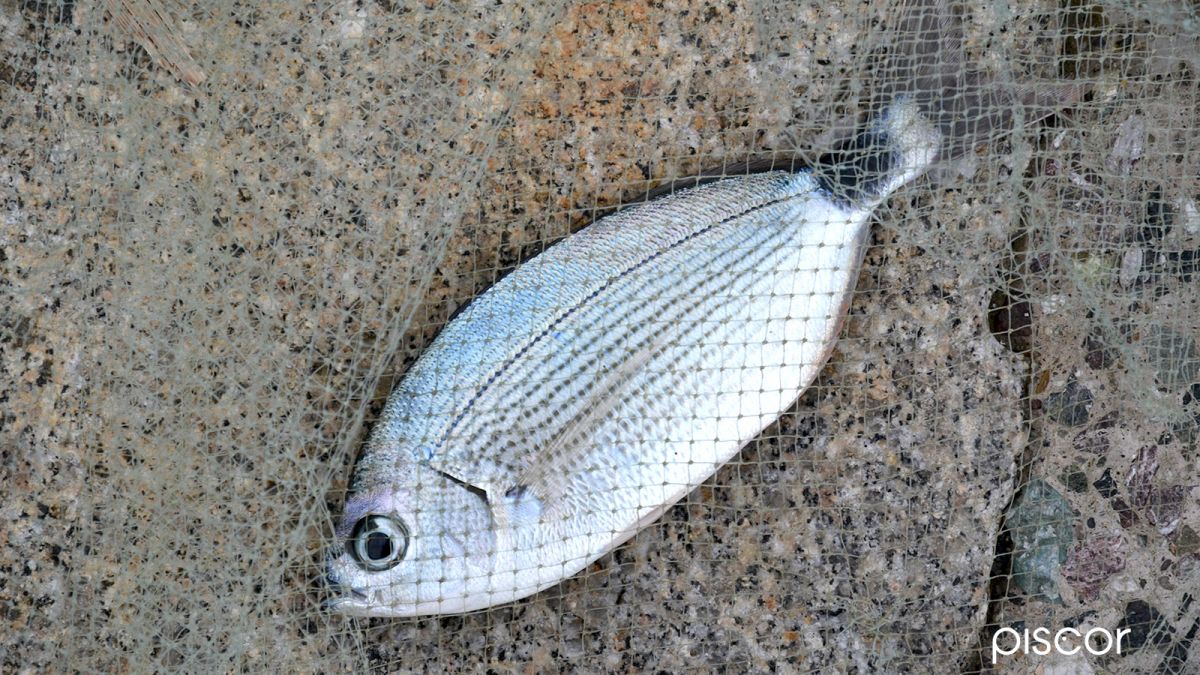The arrival of the autumn season for the land fisherman means only one thing: sea bass fishing!
A coveted, sought-after, moody and elusive fish, cross and delight of the vast majority of fans of this discipline. To get the better of this predator, the main opponent of our fishing trips, there is only one solution: learn to know it!
In these lines, unlike the usual, we will abandon the analysis of rods, reels and lines, giving space to its food, or rather to its eating habits depending on the different environments.
But what does sea bass eat? This is the first question to be asked. The possible prey, source of nourishment for the sea bass, embrace a wide spectrum of animal organisms, let's see which ones:
- Sea worms
- Crustaceans
- Other fish species
Obviously, within the three categories of animals described above, there are several variables, which change according to the various habitats frequented by the sea bass. Therefore, for practicality, we can lead these environments back to two macro-categories:
- The mouth and the canal port
- The cliff (natural or artificial) and the beach
This subdivision has been done for practicality, in order to better group and analyze the preys that constitute the diet of the sea bass in such environments.
If we respect the scale of the animal categories mentioned above, we can see that sea worms are appetites in both macro-categories.
It should be pointed out, however, that not all types of worms originate from our seas, on the contrary, they are often imported into our country for the sole purpose of being marketed for sport fishing.
Let’s clarify it:
- Korean and American are sea worms that are eaten by sea bass in every environment, but they come respectively from China and America, so they are not found in nature in all seas.
- Different speech, instead, for the lug worm that unlike the others is a local sea worm found in the beaches as it lives in the sand. The fact of being autochthonous, and therefore eaten because already available in nature, makes it much more attractive than the others a bit 'for all species of fish.
- Tremolina deserves a special mention. It is of two types: local or imported.
The first type has its habitat in the brackish mouths of the river, where it lives in muddy-sandy substrates. The second, however, as for the other worms mentioned above, is imported, more precisely from France and Portugal.
In the same way as the lug worm, Tremolina has a clear advantage from the point of view of the number of catches, seen and considered that it is a habitual source of food for several fish living in a brackish environment, such as sea bass and mullets. Sometimes, in such an environment, the resident fish become so selective that they feed almost exclusively on this annelid.
After the treatment of sea worms, we now move on to analyze the types of crustaceans that sea bass eat. That is, essentially two: shrimps and crabs.
- Shrimp
Although this small crustacean is present in nature both as a species of fresh and salt water, the most common shrimp is the rock shrimp (Palaemon serratus). It is easy to find among the ravines of reefs, both natural and artificial, but also in brackish areas at the mouth or in the canal harbours, in the final stretches of waterways where the salinity is high enough to allow its survival. It is absent, on the contrary, close to sandy beaches where the lack of shelters renders this habitat unsuitable for its survival.
- Crab
Unlike shrimp, where the species found is essentially one in different environments, this crustacean has three different variables, all appetizing to the sea bass, which inhabit different habitats. They are the rock crab, the mouth crab and the sand crab.
- Rock crab
As the name itself says, it inhabits the cliffs, where it finds shelter in the cracks between one rock and another. During the storms, because of their impetus, crabs often tend to be ripped away from their burrows, ending up at the mercy of the waves and thus becoming an easy snack.
- Sand crab
It is found on the sandy seabed of where it hides under the sand, also thanks to the great camouflage that distinguishes its exoskeleton. It is found only in these environments and is easily predicted by sea bass during rough seas, although sometimes, even in calm seas, the sea bass can feed on it while they are rooting on the bottom.
- Mouth crab
It is found exclusively in brackish water environments, where it is an essential food in the diet of the sea bass that colonize these environments, as it is a source of food available in good quantities and easily available without too much expenditure of energy.
The species of fish that constitute a source of food for the sea bass are numerous, both in the mouth and in the sea. Returning to the subdivision into the two macrocategories mentioned above, as far as the mouth and the canal port are concerned, the attractive species are eels, juvenile eels, mullets and atherina.
- Eel
It is a fish characterized by an elongated body, snake-like, which colonizes almost all environments of fresh and brackish water. It finds shelter hiding in the mud of the seabed, or near any obstacle in the bed of the river or canal that can provide a good shelter. In these environments for sea bass, the eel is a habitual and very welcome prey, although it is not possible to use it as bait, as it has become a protected species at European level, so it is prohibited both fishing and detention.
- Juvenile eels
It is nothing more than the juvenile stage of the eel. During the winter and spring period, the eels go up again in a massive way, mouths and canals, as they come from the sea, where the sexually mature eels have effected the laying of the eggs. Just a few centimeters long, and with a semi-transparent appearance, the eels, during their ascent, put in frenzy the feeding of the sea bass, which literally go crazy of them. However, also these, like the adult eels, are not legally employable baits, as they are forbidden.
- Atherina
It is a small fish a few centimeters long, ten centimeters maximum, which stands out for its characteristic silvery livery. It is a gregarious fish, lives in thick shoals and plays a very important role in the food chain of mouths and canals. Unlike eels and juvenile eels, it can be caught and used as bait, even if once triggered on the hook it tends to die very quickly, losing most of its attracting power.
- Mullet
It is also a characteristic fish of mouths and canals, is also well spread near the coast, near beaches and cliffs. Prey and fish bait par excellence for various predators, from bluefish to leerfish, mullet, especially in the juvenile stages is strongly predicted by the sea bass both in the mouth and in the sea, going to constitute a typical food of the diet of the queen.
In the sea, in the true sense of the word, that is referring to beaches and cliffs, the fish that are the typical victims of the sea bass are essentially the sarago, horse mackerel and oblade.
- Sarago
It is a small sparidae, the smallest of all the bream. It has a silvery livery, which often fades to purplish with characteristic yellow fins. In the reef, it is a species appreciated by the sea bass, often they tend to use the sparrow as bait in deep-sea fishing with the live, which is successful both during the day and at night.
Especially in the night fishing, in the evenings of full moon, sarago tends to emit reflections in the water, due precisely to the reflection of the light of the moon on its livery, inevitably recalling and stimulating the attack of the sea bass.
- Horse mackerel
A gregarious fish, it lives in numerous herds near the coast. It is not uncommon in days of uncertain weather and low pressure, witnessing scenes where large sea bass hunt the horse mackerel on the surface of the cliff. It can be used alive as bait fishing afloat with floats of generous size, but frequent may be the bite of bluefish that will force us to use the steel cable.
- Oblade
Like the horse mackerel, it is also a gregarious fish that can be used for surface fishing with live fish, remain as mentioned earlier, the problems related to the possible attack of the bluefish. It is not uncommon, when fishing with the bonitoes near the coast, to see catches of large sea bass that have gone to feed on oblade that in turn had remained caught by the hook of the bonito.
THOUGHTS
The large number and variety of prey that the sea bass appetite in the various habitats requires us to reflect in order to understand well what to put on the hook in relation to its very specific food tastes.
Cleaning up the fish, examining its contents of the stomach, and a simple and sure way to understand, in that precise environment, which is or are the preys going for the most part. In the case that the "autopsy" highlights legally usable preys such as bait, crabs, shrimps or mullets, there will be nothing left but to obtain these baits and trigger them with confidence on our hooks.
If, on the other hand, the content of the stomach shows the presence of eels and juvenile eels, which are not legally usable as bait, all we have to do is to find a permitted one that imitates them as much as possible in form and movement, as is the case, for example, with the Korean worm, which owed much of its success to the fact that it imitates very well two foods that cannot be used as bait (eels and juvenile eels).
One last piece of advice we would like to give you is to always use bait available in nature. Abandon more than you can stainless bastions such as maggots and imported sea worms, a food not available in nature, in those specific environments, will arouse more suspicion and will make the sea bass more reluctant to be fooled.
On the contrary, massively available prey such as shrimps, crabs and fish, endemic and autochthonous, will make everything easier, as the sea bass will automatically feed on them, without suspicion, so addicted and accustomed to their presence in their respective habitats that they do not care about line and hook.

